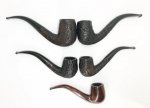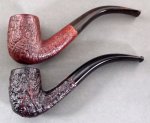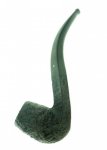Interesting pipe & interesting project.

The specimen might be unique. It's apparently Dunhill's shape "X" (Roman numeral 10) that actually got stamped with a "10"... and the only place you're ever likely to see one of those is in the 1928 Dunhill catalog. Rare as hen's teeth.
The project was interesting because though the original stem was intact it was no longer rubber (so to speak). It had transformed into a 3-D block of oxidation for all practical purposes.. Perfect as a pattern, but unsalvageable because "getting down to black" would have shrunken it absurdly.
.







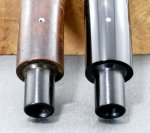
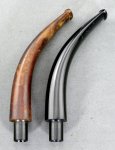
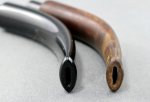
The specimen might be unique. It's apparently Dunhill's shape "X" (Roman numeral 10) that actually got stamped with a "10"... and the only place you're ever likely to see one of those is in the 1928 Dunhill catalog. Rare as hen's teeth.
The project was interesting because though the original stem was intact it was no longer rubber (so to speak). It had transformed into a 3-D block of oxidation for all practical purposes.. Perfect as a pattern, but unsalvageable because "getting down to black" would have shrunken it absurdly.
.


















